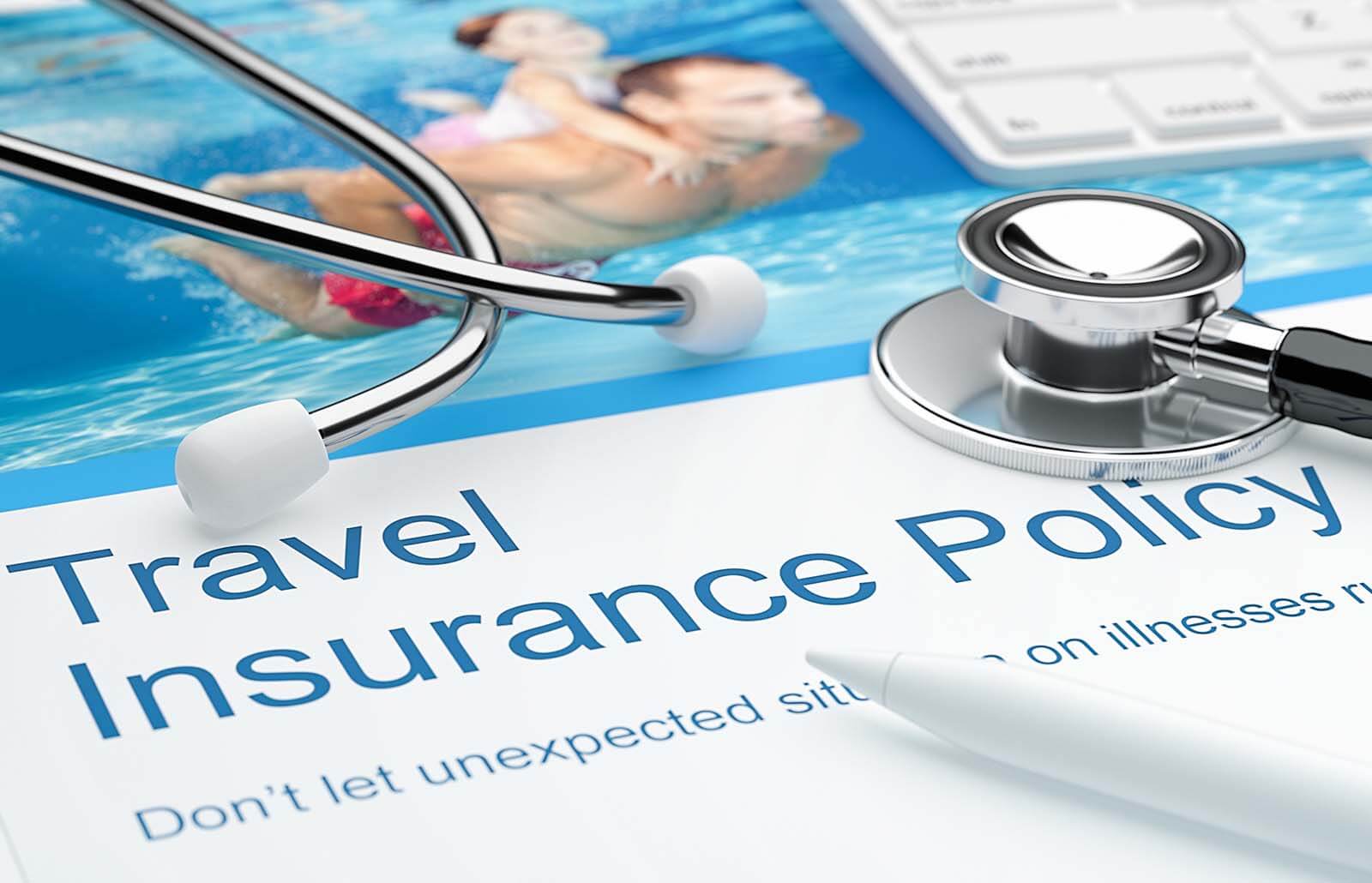
There are many options for car insurance San Francisco. Some companies have lower rates than others. It also depends upon your zip code. Some areas are more risky than others. Your rate should be based on crime, theft, and the uninsured motorist. Sites such as GEICO or Ameriprise can help you compare rates. These companies provide exceptional customer service which can be very helpful if you need help filing a claim.
San Francisco Car Insurance Rates
Cost of car insurance San Francisco is affected by many factors. Rates will be affected by a person’s age. An insurance company will consider a person's experience behind the wheel, as well as their likelihood of filing a claim. Drivers younger than 20 years old pay the highest rates, while those in their 20s or 30s pay lower rates.
A person's driving record can also affect the cost of car insurance in San Francisco. Rates can rise significantly due to DUIs and speeding tickets. In San Francisco, a driver who has a history of speeding tickets, DUIs, and reckless driving will see their rates jump by an average of $3,765 per year. Rates will be determined by the credit score of the person. Drivers with bad credit pay higher rates than those with good credit. There are several ways to improve your rating.
Rates vary by company
It is important that you know the rates of different companies before shopping for car coverage. This is because insurance companies are not able to predict what they will face in the future. Insurance companies use past experiences and claims history as a basis for setting their rates. However, each company has a different history and claims experience, so rates will never be exactly the same.

Fortunately, the Internet can make it easier to compare car insurance rates. You can use general search engines to see what different companies charge for the same policy. Insurance Information Institute is another great resource. This institute provides information to consumers about the insurance industry.
Rates according to age
Car insurance rates are affected by many factors. Teenagers, young adults and those in their twenties pay the highest rates. Rates decrease with age. According to the U.S. Department of Transportation, rates for young adults are the highest in Louisiana, while rates for older drivers are the lowest in Florida. However, age does not always affect a person's rate, and driving history also has an effect. If you're a high-risk driver with a history of accidents or other violations, your insurance costs could increase by 50% or 300%.
Young drivers are at greater risk of being involved in an accident. Therefore, car insurance premiums tend to be much higher for young drivers than those for older drivers. As drivers age, the average insurance premium decreases, although rates tend to creep up again after the age of seventy. This is due a higher risk of accidents for older drivers. A good driving record can also lead to lower premiums.
Rates for each gender
Car insurance rates are different for women and men in most states, but the differences aren't nearly as large as you may think. In some states women pay 1% more than men for the exact same type of policy. There are many other countries that do not have gender-based rates. Car insurance companies look at data and analyze behavioral patterns to determine the price of coverage.
Insurers evaluate the gender of drivers based on the gender on their driver's license. Unfortunately, most states do not make it easy to change your gender marker on ID, so if you are unsure of your true gender, you may end up being lumped in with people who were assigned a different sex at birth. To negotiate a lower premium, you can always contact an insurer.

Rates depending on marital status
Rates for car insurance vary based on marital status. This is because married drivers have fewer claims than single drivers, and are twice as likely to be in an accident. There are no laws that require insurers to adjust pricing based upon marital status or gender. They cannot discriminate. While single and divorcing drivers still get more than married drivers for their services, some companies may have special policies to cater to this group.
Shopping around is the best way to compare rates. Many insurers offer couples greater discounts while others do not raise rates for spouses with bad driving records. These are some factors to consider when looking for the best policy.